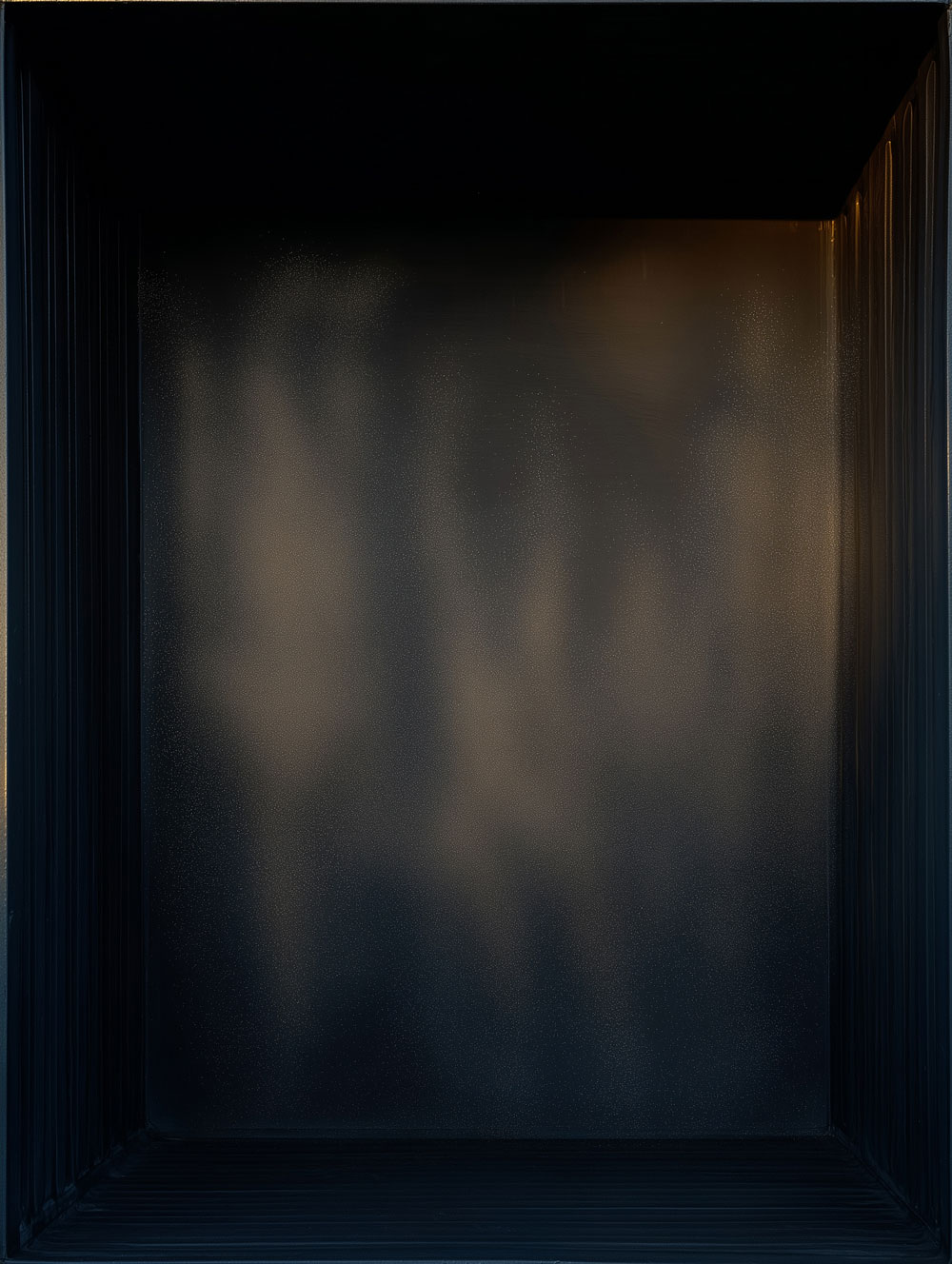My Home: Kidnappings in New York
by Sonni Mun

I am an immigrant from South Korea, a former palliative care doctor, and now—because of ICE agents kidnapping immigrants—I am a volunteer immigration court observer and escort at 26 Federal Plaza. This is the building where I once stood in long lines and became a US citizen. I live nearby, and I often walk past it, remembering it as the place where I was welcomed as an American.
My first day of volunteering began with a medical emergency. As soon as I entered the building, I noticed an older immigrant slumped in a wheelchair, appearing to have fainted or near fainted. Two terrified family members stood close by, while four Department of Homeland Security (DHS) officers surrounded them. I stepped forward, identified myself as a physician, and asked if I could help. To my shock, the DHS officers demanded proof that I was a doctor—something I had never experienced in any Good Samaritan situation. Like many physicians, I had assisted in in-flight medical emergencies and other public crises without ever being asked to produce credentials. Nonetheless, I showed these officers—who refused to identify themselves—a wallet version of my New York medical license. (I ordered a wallet-sized copy of my medical license for the first time in March of this year because as an immigrant in our current environment, I figured I would always need to prove who I am.)
Once permitted to help, my first question was whether 911 had been called. They said yes. Another volunteer, an EMT who had just completed nursing school, joined me. He too was forced to show proof of his credentials before assisting. I worried the patient might be hypoglycemic and asked for juice. The DHS officers said there was none in the building and told the family to buy some. I offered to go instead. Before I left, I asked again about the ambulance and was told it was on the way. I ran across the street to a café. The line was long, but when I shouted that I needed juice for a sick immigrant being harassed by DHS, people stepped aside and even offered to pay.
When I returned, a DHS nurse was leaning over the patient. Without looking at me, she told me I wasn’t needed. When I said I’d leave the juice, she barked that it wasn’t necessary. Meanwhile, the EMT had called 911 again because the ambulance still had not arrived. That was when we discovered one had never been called in the first place.
I continued volunteering and have witnessed scenes I will never forget. With each shift, access to immigrants was restricted further, and our ability to comfort or assist was curtailed. Recently, I witnessed the most devastating abduction yet: a father torn from his wife and three young children. He had appeared for his court hearing as instructed and was given a future court date, as had his wife. But when the family left the courtroom, they were met by a gauntlet of masked ICE agents and photojournalists. The man was taken away on the spot. His wife and children broke down in anguish.
It is almost unbearable to witness such grief. I helped move the family into an empty hallway to give them privacy. My background in palliative care—supporting families through despair and loss—helped me remain steady in the face of their anguish. I was most concerned for the children. I held the baby and middle child tightly while two Spanish-speaking volunteers comforted the mother and eldest child. Even as the family sobbed, building security yelled at us to leave. Once outside, we arranged an Uber—it seemed cruel to expect them to take the subway home.
The suffering inflicted by this regime on immigrant families—especially children—will reverberate for generations. I still think about that family, and especially the mother, whose terror that day must live on.
I volunteer because it is the only way I know to cope with what is happening in this country. As an immigrant, I feel these policies viscerally. Just last month, while on a family trip to the Southwest, I made sure to carry “papers” proving my citizenship—precautions my white, non-immigrant husband and son never needed. What strikes me most is that so many ICE, DHS, and CBP officers are people of color, many likely immigrants or children of immigrants themselves. That day, the lead ICE officer was an East Asian man who looked like my brother. A young Asian woman officer looked like she could have been my sister. During a break, I caught their eyes—not confrontationally but deliberately—so they would know I saw them.
Not even in Russia do masked, armed men patrol the waiting rooms of courts, abducting and intimidating people. Yet this is happening here, in Manhattan, in a city that calls itself a sanctuary for immigrants.
It is happening in my home.
- Sonni Mun was born in South Korea and immigrated to the United States with her family when she was seven years old. She has practiced internal medicine and palliative care in New York City.
- Email: sonnimun@gmail.com
ROOM is entirely dependent upon reader support. Please consider helping ROOM today with a tax-deductible donation. Any amount is deeply appreciated. |





